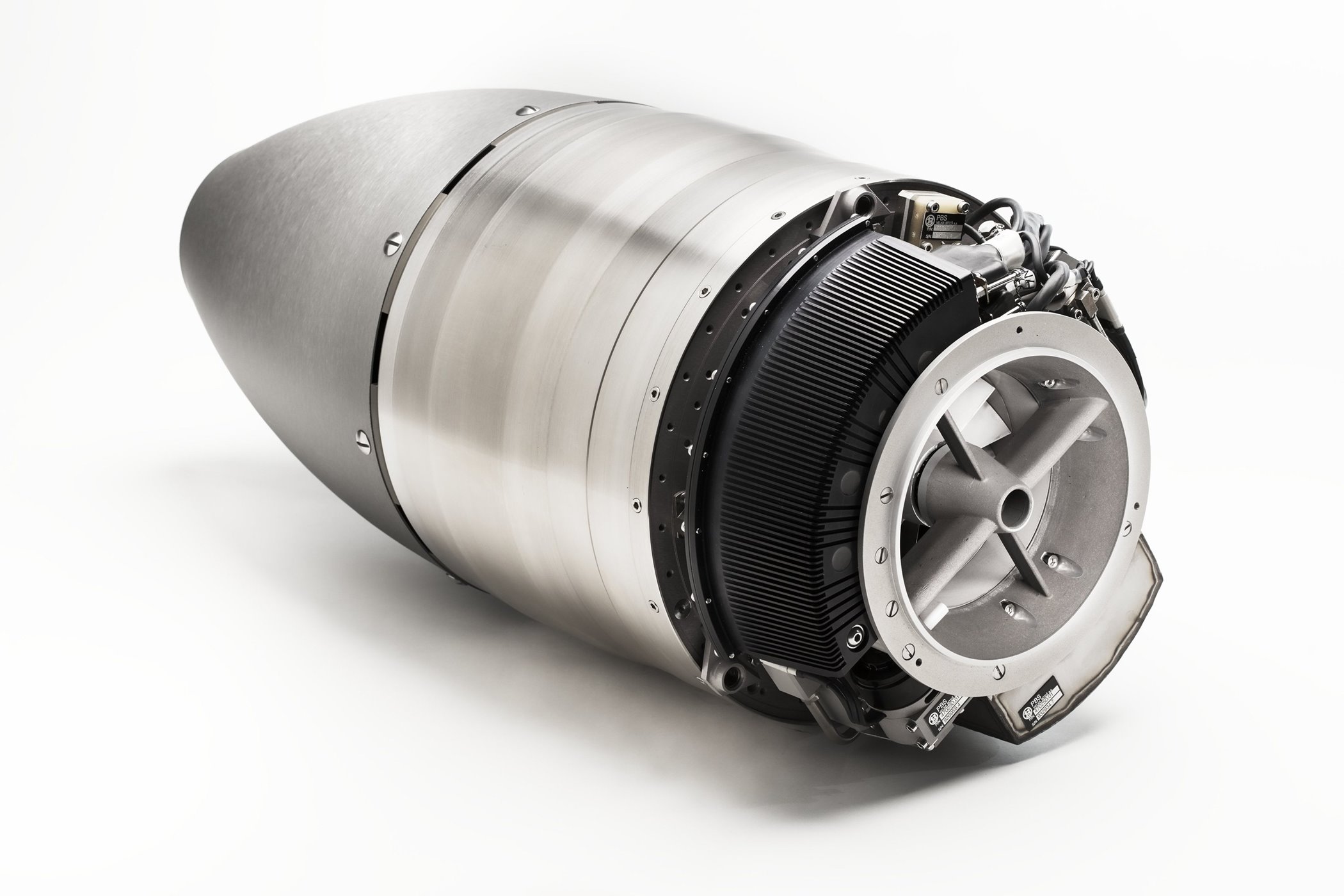AV8R_87
Pre-takeoff checklist
I've been looking at some of the high-profile piston single mishaps caused by some form of powerplant failure not related to lack of fuel (or fuel mismanagement). While there aren't that many of them, the consequences are usually not pretty. This question keeps coming back in my head almost every time, so I wanted to have this conversation with the community and see what your thoughts are.
If there was a way to keep your plane in the air for at least 10 additional minutes, at a useful load penalty of 5-10%, how much (if anything) would you be willing to pay for it? I've decided to make amount a percentage relative to the cost of a factory overhaul for the engine, since that would allow costs to scale with the installed power.
If there was a way to keep your plane in the air for at least 10 additional minutes, at a useful load penalty of 5-10%, how much (if anything) would you be willing to pay for it? I've decided to make amount a percentage relative to the cost of a factory overhaul for the engine, since that would allow costs to scale with the installed power.




